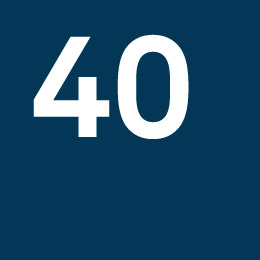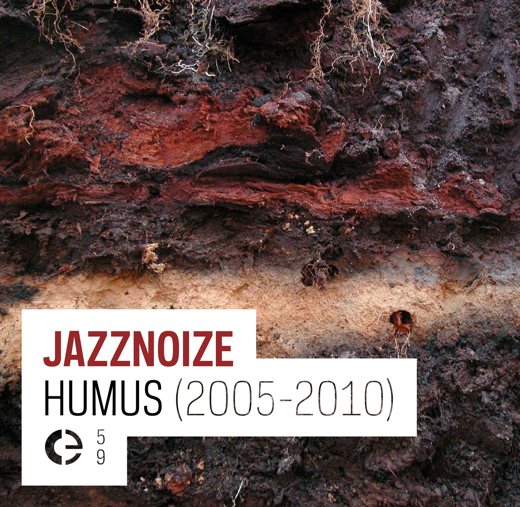
Miguel Carvalhais and Pedro Tudela are @C, an experimental duo from Portugal who, in the ten years they have been working together, have released works on a variety of labels and created a number of pieces for audio-visual installations and videos. Their latest venture, Homem Fantasma, which translates as Human Ghost, consists of three pieces, each nearly forty minutes long, of extensive and complex soundscaping, incorporating field recordings, electronics and digital processing. The fruit of nearly two years of work, Homem Fantasma is an absorbing collection of sonic spaces which, despite their overall urban feel (road work noises, vehicle breaks, road traffic, trains…) feels somewhat spacious and extremely open.
There is nothing in the track titles (78 (a+b), 79, 80) to indicate particular connections to the sound sources used here. What seems to concern Carvalhais and Tudela instead is what they can create from the sounds they have collected, and how they can detach them from their original context and use them for a different purpose. All three tracks are fairly similar in appearance, extending into complex formations involving predominantly urban noises, some used in their raw forms, some much more processed, upon which are added occasional rural touches, and a vast array of electronic textures and effects. These sonic spaces evolve at a very slow pace, but, crucially, they continuously change. Listening to any of these three pieces is like looking at the world from space, as it appears seemingly static yet is always changing. The intricate layering applied here is quite staggering, and gives these compositions a sense of immensity which is, perhaps, best reflected in their respective length.
That Homem Fantasma is made available as a digital-only release frees @C from any time constraint, allowing them to expand their compositions as they see fit. They develop beautiful narratives, using textural components as sign posts, but their use of sounds hints at images rather than imposes them. Everything here is suggested, but it is left to the listener to build up their own story and use their imagination to fill in the gaps left by the pair’s rigorous processing. Furthermore, as each of the three pieces is in itself a sprawling miniature universe, with no clearly identifiable or recurring components to anchor the mind on, listening to these is a constantly renewed experience, which can trigger different imageries each time, depending on what one focuses upon on a particular listen. It is very easy to get lost in the extensive soundscapes applied here, and it is exactly with that purpose that these compositions were created.
This however changes completely in the last fifteen minutes of 80 where suddenly the scope is moved from the vast sound patchworks of earlier to a more complex and mechanical set up, at times feeling strangely Kosmische. Electronics and field recordings are used to create much denser and more intense soundscapes and give the end of the piece a radically darker and ominous feel.
Homem Fantasma is quite a difficult release to pin down, its purposely vast soundscapes perfectly devised to trigger the imagination into very different ways. The overall work is however fascinating, if, perhaps, a tad overwhelming if taken on one sitting. @C demonstrate here their great ability at creating evocative sound worlds through their intensive processing.
via The Milk Factory







